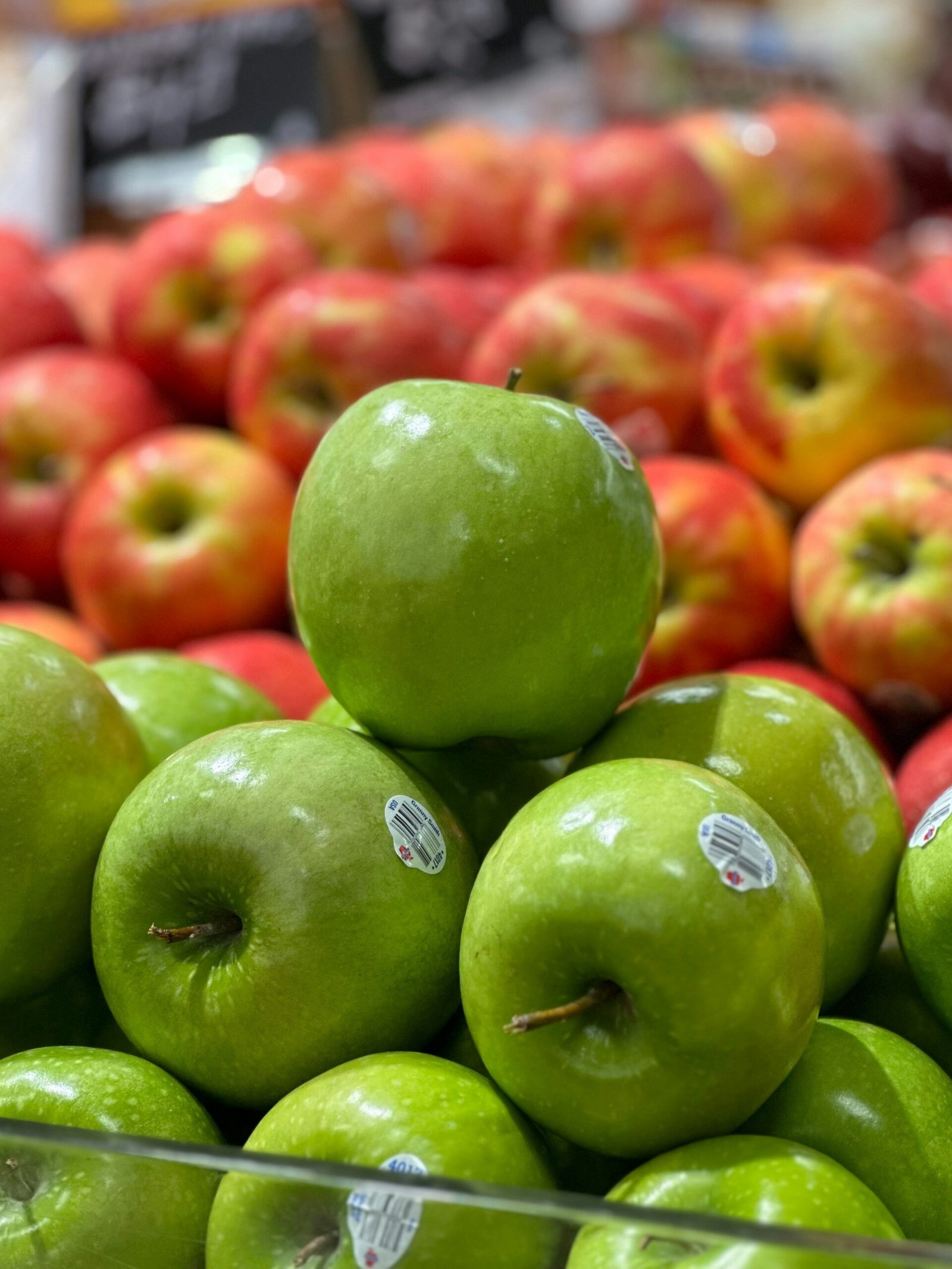Genetically Modified Foods: The Science and Safety of GMOs
Introduction to Genetically Modified Organisms (GMOs) Genetically modified organisms (GMOs) refer to organisms whose genetic material has been altered using biotechnological techniques. This modification aims to enhance certain desirable traits, such as increased resistance to pests, improved nutritional profiles, and higher crop yields. The process of creating GMOs typically involves the insertion of new DNA […]
Genetically Modified Foods: The Science and Safety of GMOs Read More »









